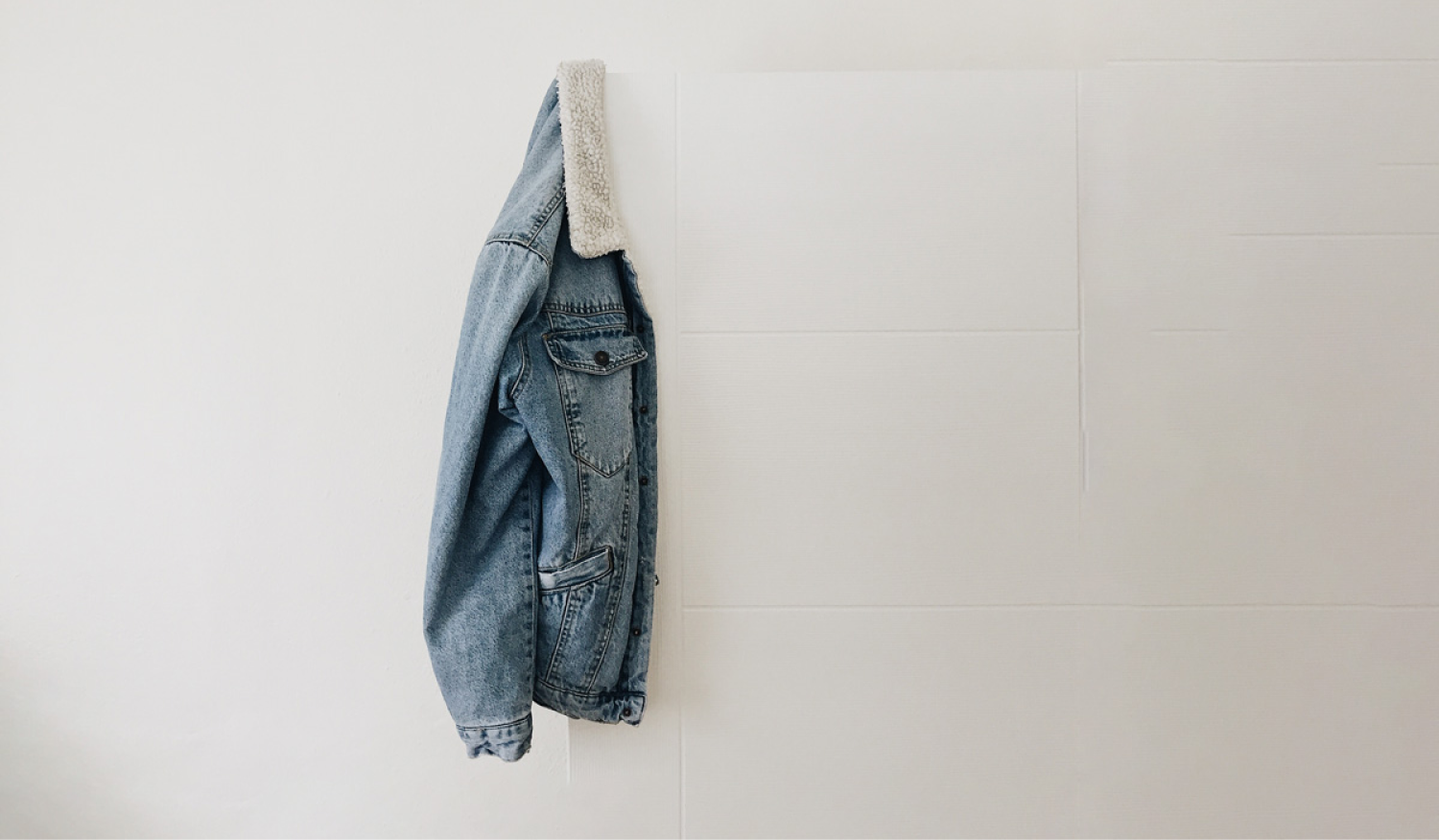Although the fashion industry is at a very early stage of its transformation, the trend of consumers to pay more for sustainable products, as well as the increasing legislation focused on promoting the circular economy, are accelerating the transition of the textile sector towards alternative business models that seek to dissociate themselves from overproduction and redefine their relationship with the consumer. This diversification is gaining ground to fight the impacts of conventional production and consumption systems. The growth of the resale business comes against a backdrop in which the fashion industry is struggling to meet current volumes of consumer demand. Here are the reasons why getting involved in the second-hand clothing market can have a very positive impact on your fashion company in the long run.
We already discussed it in our article on the cultural dimension of sustainability. According to the Ellen MacArthur Foundation, the sale of clothing has doubled in the last two decades and the use we give to our clothes has practically been reduced by half during this time frame. The vast majority of clothing ends up incinerated or landfilled. Beyond the depletion of resources and the generation of textile waste, hyperconsumption has devastating consequences for the fashion industry and its consumers. The perpetuation of the culture of overconsumption prevents the fashion industry from truly evolving towards a sustainable transformation.
The resale market proves that clothing can have as many lives as people are willing to wear it
In a scenario in which resources are limited and textile waste continues to grow day after day, the impossibility of maintaining the current production rate has led to the growth and popularization of new models that use as resources what is no longer useful for others. The resale market proves that clothing can have as many lives as people are willing to wear it.
We must remember that within the circular economy strategy, closing the cycle is only part of the action plan. The conception of products designed for circularity, the choice of biodegradable materials, as well as their recycling, must be complemented with solutions that slow down the flow of production and consumption. The second-hand market is considered essential to promote a circular business model. More and more brands and marketplaces are focusing their efforts on creating a new bond with their customers through the marketing of pre-loved items.
Circular business models, such as resale, could see the textile sector reduce around 143 million tonnes of greenhouse gas emissions by 2030
According to the latest report from the Thredup resale platform, the second-hand market is expected to double in the next 5 years. A forecast that would reduce the environmental footprint caused by the fashion industry. The impacts caused by the acquisition of used clothes instead of new ones decrease as a consequence of the elimination of the production stage. The Fashion on Climate report reveals that circular business models, such as resale, could see the textile sector reduce around 143 million tonnes of greenhouse gas emissions by 2030.
Certainly, the second-hand market is an emerging growth channel for brands that want to meet consumer demand and seek to progress on their sustainability journey. However, when entering the resale market, it’s important to have a partner that provides transparency to the environmental impact of second-hand clothing.
BCOME remains faithful to the guidelines defined by ISO 14040 to quantify the environmental footprint of pre-loved items, but due to the special features of these goods, the Life Cycle Assessment of a new article differs in some aspects from that implemented in a second-hand product. In order to provide a comprehensive picture of these impacts, LCA studies the following stages of the life cycle to evaluate second-hand garments:
- Collection of clothes. Includes the collection of garments from consumers. This stage also considers those processes necessary to prepare the collection, such as packaging.
- Garment processing and storage. It refers to all the treatments that the garments undergo once they arrive at the warehouse, such as cleaning and sanitizing the garments.
- Processing of rejected articles. It includes returning rejected clothing and disposing of remaining items by donating to charity, recycling, or sending to landfill.
The lifespan of a garment is very long. Separating the profitability of the fashion industry from the volume of sales of new products is an urgent need if we want to transform the production and consumption model into a new sustainable system at an environmental, social and economic level. The journey begins by learning to offer products and consume in a responsible and circular way. BCOME walks with you in your transition towards sustainability and offers you the solutions your business needs to bring transparency to your value chain and build more efficient and conscious systems. The time to act is now!





